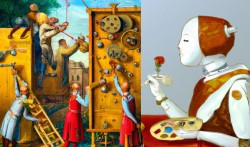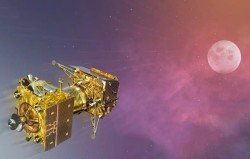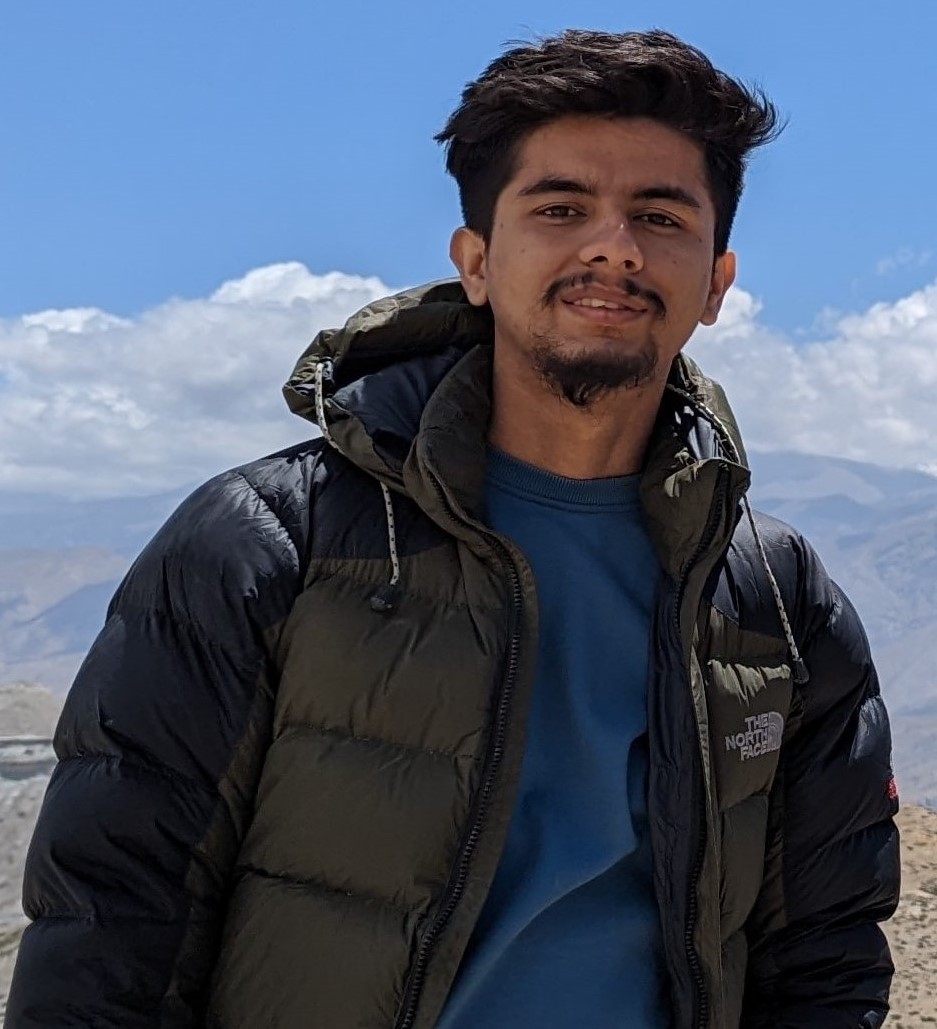Science & Technology
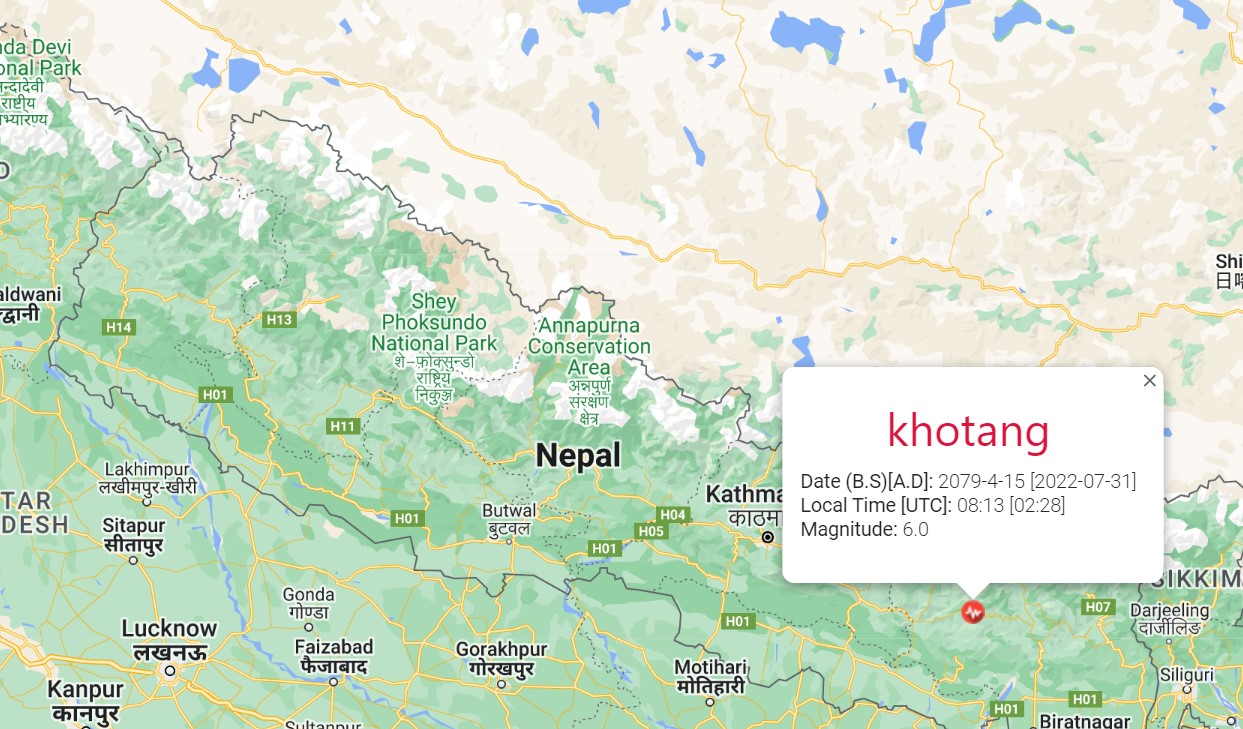
The stronger-than-usual earthquake that rocked eastern and central Nepal Sunday morning is a new earthquake, and that it was not yet another aftershock of 2015 earthquake, seismologists said.
They added that the 6.0 Magnitude (on the Richter scale) earthquake – recorded at 8:13 am NST - has been triggering a series of aftershocks which could continue for days, weeks and even months, if past experience is anything.
The earthquake was epicentered at Khotang in the eastern hills, and reports say at least one mud-and-brick house has been damaged in neighbouring Sakela rural municipality in Bhojpur district.
Senior Divisional Seismologist at the government’s National Earthquake Monitoring and Research Centre (NEMRC), Bharat Prasad Koirala told NepalMinute: “It was not an aftershock of any other earlier jolts. It’s a new one. We are analysing details.”
The earthquake was followed by an aftershock, moments later.
The main tremor was felt across eastern and central Nepal and neighbouring Indian states.
The United States Geological Survey (USGS), a US governmental agency which keeps track of earthquakes around the world, reported that the earth tremor occurred at the depth of 10 kilometres with 5.1 Magnitude – which varies from the Richter scale followed in Asia.
As the earth shook for several seconds, many people doing their morning chores in their house in panic mode – with chaotic scenes at several places, including Bhojpur Airport, where people scurried for safety.
Aftershocks
Seismologists say the earthquake’s aftershocks are likely to continue for many days to come.
This earthquake was the second earthquake recorded in less than a week. On Monday, a 4.0 Richter scale earthquake, epicentred in Helambu – north of Kathmandu, had rocked central Nepal.
But that was yet another aftershock of the 2015 Gorkha earthquake. Then, two major earthquakes devastated Nepal. The bigger with 7.6 Magnitude – epicentred in Gorkha - occurred in April; and nearly as big - epicentred in Dolakha - was recorded in May.
The quakes claimed the lives of nearly 9000 people and destroyed over a million homes and hundreds of ancient monuments mostly in western and central Nepal.
Geology
The earth’s crust (upper layer of earth) is made up of 15 to 20 moving tectonic plates, according to the National Oceanic and Atmospheric Administration (NOAA). These tectonic plates are like jig-saw puzzles floating atop the layer of molten rock underneath called the mantle.
These plates are constantly moving against each other – like a boat on a rough sea.
Nepal lies in the active fault line where the Indian Plate is undergoing subduction under the Eurasian Plate (Tibetan Plate) – a few millimetres each year. That has created immense pressure on the crust and occasionally the elasticity of the rock fails and breaks (or cracks) creating an earthquake.
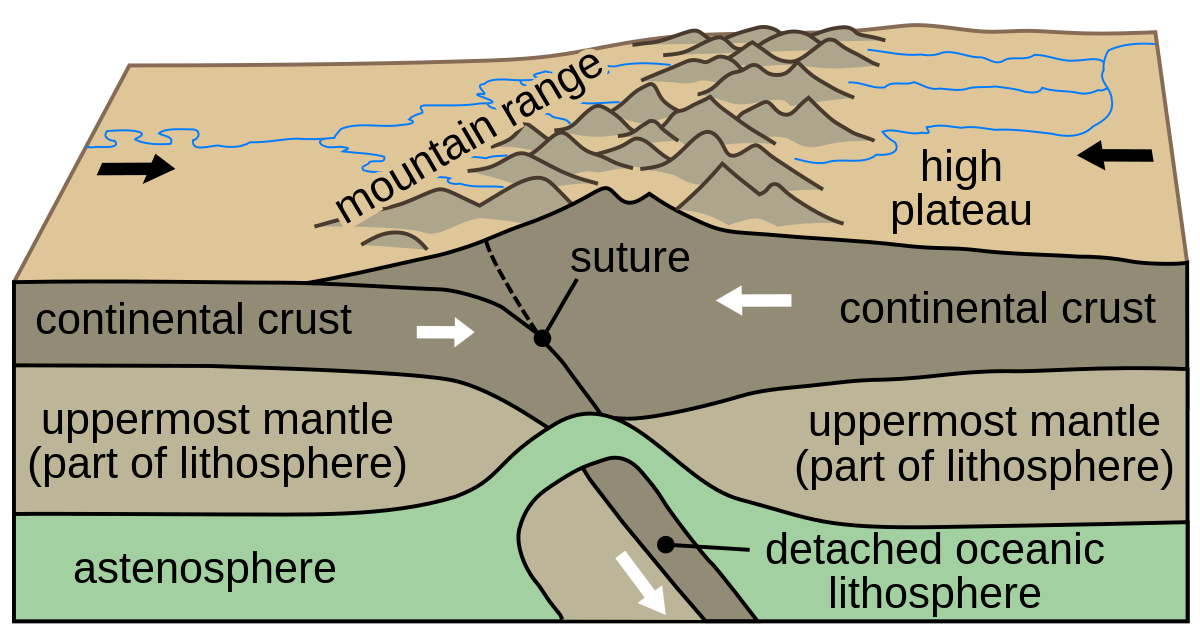
The “slow car crash” like movement has created various thrusts (a fault with angles less than 15 degrees) and faults along the Himalayas stretching from Pakistan in the west to Bhutan in the east, including Nepal and parts of China and India.
Nepal and its neighbouring countries have faced massive earthquakes time and again often resulting in a massive toll on the human population and economic damages.
Seismologist Koirala said: “Today’s earthquake doesn’t mean we will have bigger earthquakes soon but Nepal lies in the seismically active zone and people should always remain vigilant.”
With such a huge force lurking underneath, experts are urging governments and residents along the Himalayan highlands to construct earthquake-resistant infrastructures.

